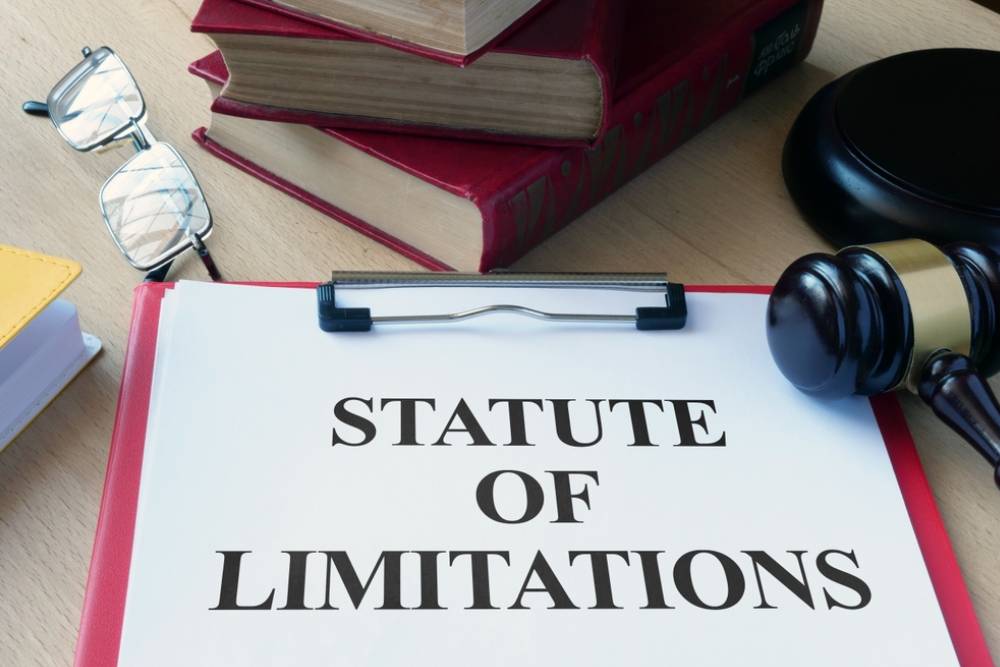What Is the Statute of Limitations for Medical Malpractice in New York?
By seriousl July 21, 2025
 Yes, there is a hard deadline. In New York, most medical malpractice claims must be filed within 2.5 years—not “whenever you discover it.” The law extends that window only in defined situations. A seasoned New York medical malpractice lawyer at Poissant, Nichols, Grue, Vanier & Babbie, P.C. can pinpoint your deadline now—call 518‑483‑1440 to review your dates, treatment records, and any notice requirements immediately.
Yes, there is a hard deadline. In New York, most medical malpractice claims must be filed within 2.5 years—not “whenever you discover it.” The law extends that window only in defined situations. A seasoned New York medical malpractice lawyer at Poissant, Nichols, Grue, Vanier & Babbie, P.C. can pinpoint your deadline now—call 518‑483‑1440 to review your dates, treatment records, and any notice requirements immediately.
The 30‑Month Rule—and Why “Continuous Treatment” Can Save a Case
New York’s core rule sits in CPLR § 214‑a: you have 2.5 years to sue for medical, dental, or podiatric malpractice. If you remain in a continuous course of treatment for the same illness or injury, the clock runs from the last treatment date. The statute also clarifies that a checkup requested solely by the patient—not part of an ongoing plan—does not extend the deadline, a distinction that often decides whether a case survives a motion to dismiss.
The Important Carve‑Outs You Shouldn’t Miss
There are narrow, technical rules you shouldn’t miss.
- Foreign object left in the body. You get one year from discovery (or from when discovery should have occurred) to sue. The statute excludes items that are part of the repair—like fixation devices or prostheses—from the “foreign object” category.
- Lavern’s Law: missed cancer diagnosis. For alleged negligent failure to diagnose cancer or a malignant tumor, you have 2.5 years from the later of discovery of the negligence/injury or the last related treatment—but no later than seven years from the malpractice. This targeted discovery rule was enacted in 2018 to address delayed discovery in cancer cases.
- Infancy or legal incapacity. New York tolls time during infancy or insanity, but medical‑malpractice claims carry a 10‑year outer cap from accrual—so a child’s claim cannot be delayed indefinitely.
Deadline When Suing a Public Hospital
Claims against municipal hospitals and other public entities have front‑loaded steps. Most require a Notice of Claim within 90 days of accrual and a lawsuit within one year and 90 days (wrongful death remains two years from death). New York City’s Health + Hospitals cases follow this shorter one‑year‑and‑90‑day clock; courts apply the requirement through § 7401(2) together with the General Municipal Law. Missing either the notice or the shortened suit deadline can end the case.
If your care included both a private clinic and a municipal hospital, the safest course is to treat the municipal timeline as controlling and serve the notice while your NY personal injury lawyer investigates continuous treatment and accrual dates.
State‑Run Facilities and the Court of Claims
If the defendant is the State of New York or a state‑run hospital (e.g., certain SUNY facilities), your case belongs in the Court of Claims, which has jurisdictional timing rules. You generally must serve a claim within 90 days of accrual or serve a notice of intention within 90 days and then file the claim within two years (for negligence/medical malpractice). The Court of Claims treats these deadlines strictly, and even requests to file late claims are tethered to the same 2.5‑year medical‑malpractice period in the CPLR.
What if the Patient Died?
A New York wrongful death action must be filed by the estate’s personal representative within two years of death. That window is separate from (and can interact with) the medical‑malpractice statute. Your medical malpractice attorney will check both the wrongful‑death deadline and any survival claims for conscious pain and suffering that follow CPLR § 214‑a. You’ll also need a duly appointed personal representative (letters of administration or testamentary authority) before filing. Act quickly, because municipal defendants still require a 90‑day notice of claim and state facilities follow Court of Claims rules. Preserve records, autopsy materials, and billing data early so survival claims and estate damages are fully documented and timely filed within applicable statutory periods.
What To Do Right Now (Before Days Slip Away)
Deadlines under CPLR § 214‑a and related statutes are unforgiving; a short delay can erase a strong claim. Poissant, Nichols, Grue, Vanier & Babbie, P.C. will confirm your exact window, preserve evidence, and move quickly—drawing on the experience of a New York personal injury attorney that knows how to position a case for settlement or trial. Contact us today at 518‑483‑1440 or through this page.
